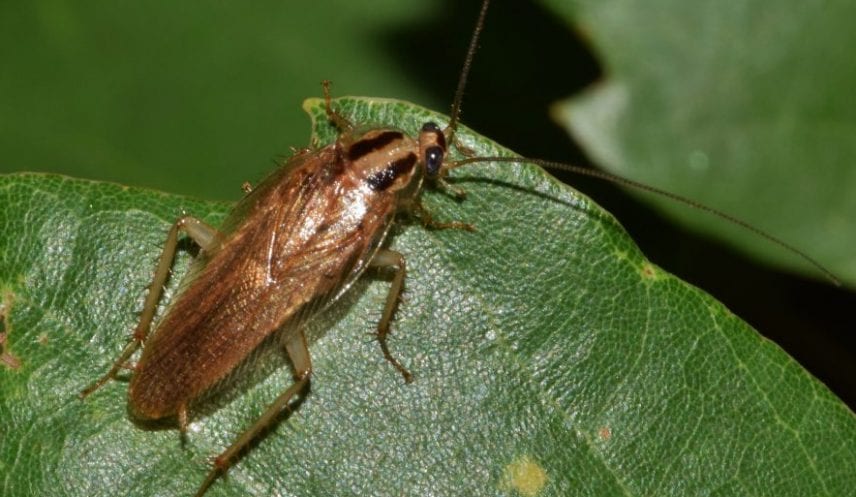The German cockroach (Blatella germanica) is a small species of cockroach with lengths of less than one inch. They possess wings though they don’t fly. It varies in color from tan to almost black and is a domestic pest. Regularly mistaken for the Asian cockroach, it differs in the ability of the Asian specie to fly. Recent research have shown that they originated from Southeast Asia.
Life Cycle
German roaches are the fastest reproducing domestic cockroaches. It typically takes the German roach 50-60 days to move from egg to reproductive adult. Reproduction is complex. The fertilized female develops as ootheca in her abdomen which houses the eggs. About 24 hours after the ¼ inch eggs are released, 3mm long black nymphs emerge and undergo 6 or 7 instars before reaching maturity. As many nymphs die during ecdysis, the survivors eat the carcasses as they grow.
Economic Importance
German roaches are voracious eaters. And as omnivorous scavengers, they are attracted to many things in the home from Meat, Starch, sugars and fatty food. When there is food shortage, they attack other household items like clothes, soap and toothpaste. In extreme situations, they attack one another and chew on the legs and wings.
They are averse to cold and take shelter in human settlements. Despite this, they have been found as far north as Alert, Nunavut and far south as Patagonia. They exist on all continents apart from Antarctica. They are nocturnal.
Elimination and Control
They are very resilient to elimination as they have prolific reproduction with short reproductive cycle and quick sexual maturation. They also do not have natural predators and have adapted resistance to some chemical pesticides.
Apart from regular pesticides, use of insect growth regulators prevent molting and maturation of roaches. Likewise caulking baseboards and around pipes inhibit their travel within buildings.


